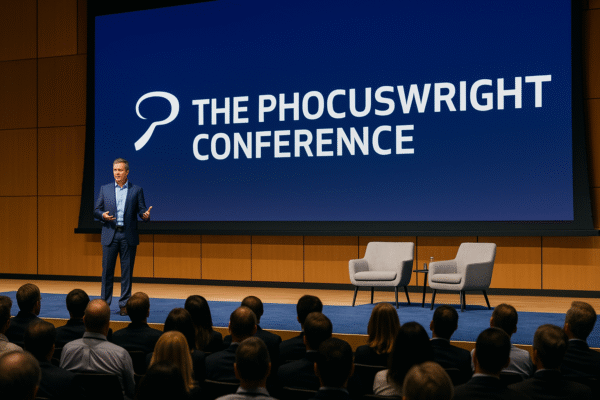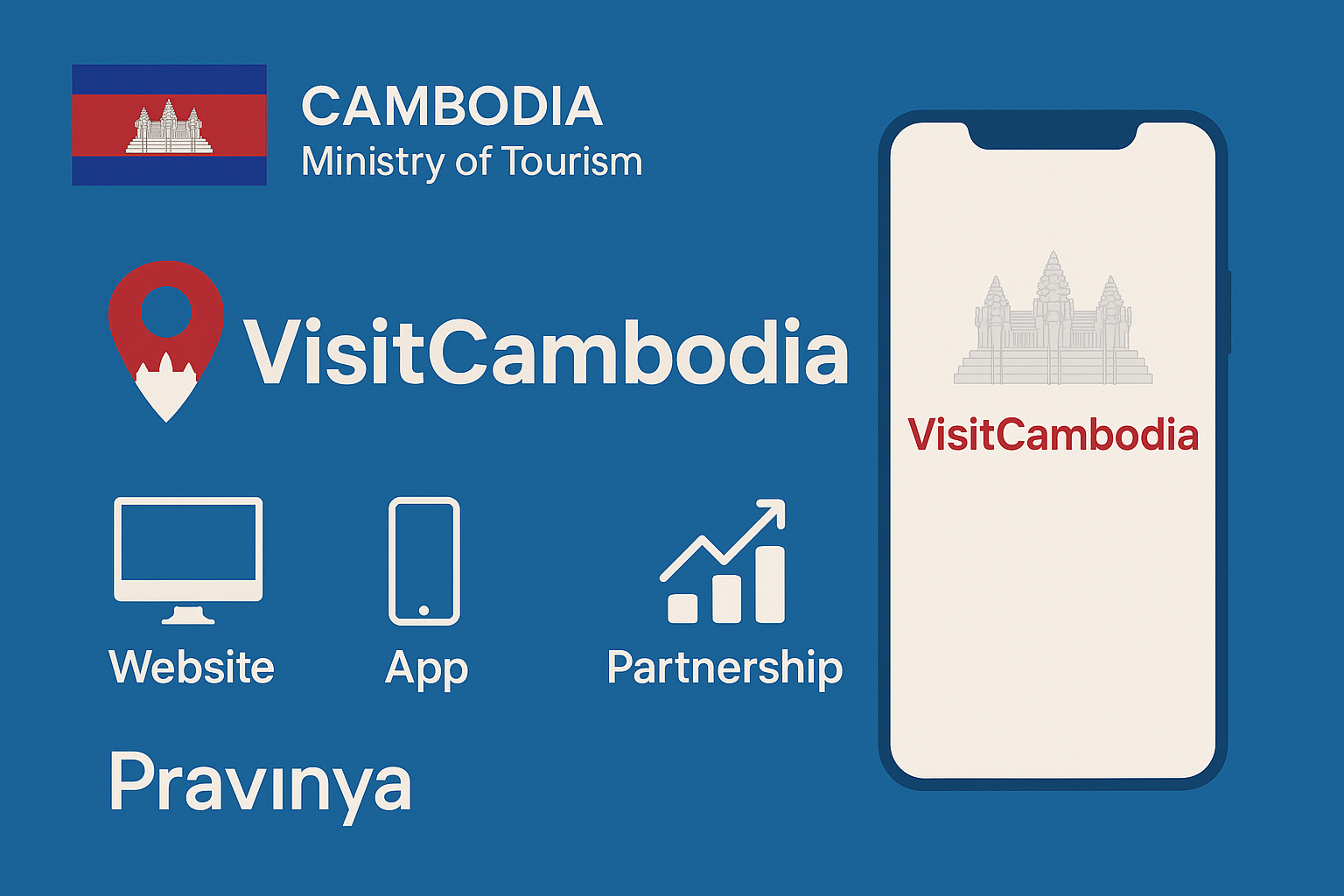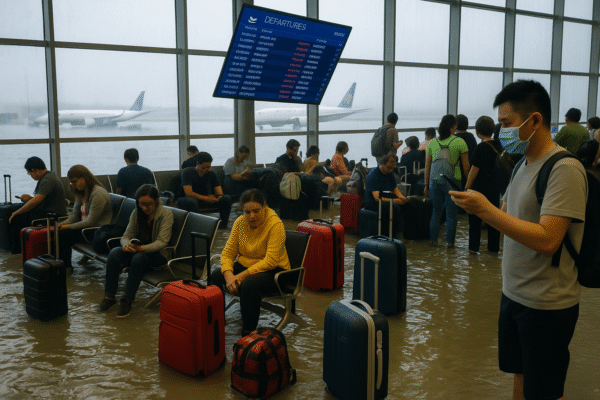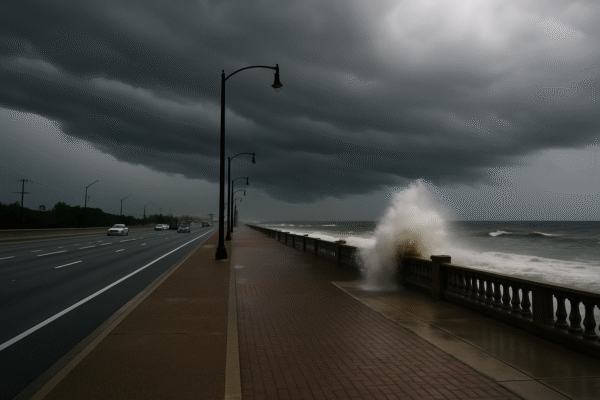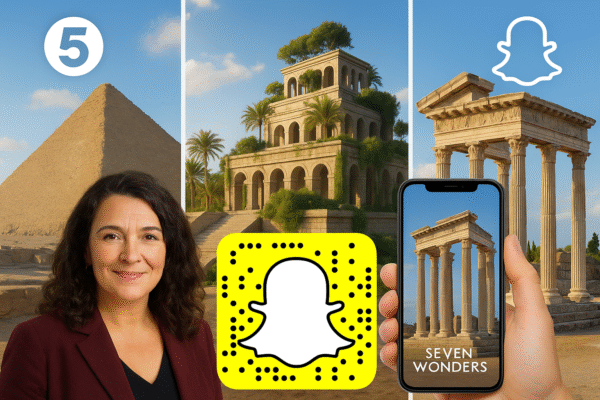In a groundbreaking fusion of digital technology and historical storytelling, Snapchat and Channel 5 UK have joined forces to bring viewers a transformative travel experience through a new TV series titled “Seven Wonders”. Hosted by acclaimed historian Bettany Hughes, the series not only explores the ancient marvels of the world but also utilizes Snapchat’s cutting-edge augmented reality (AR) tools to allow audiences to engage with these historical sites like never before.
This collaboration marks a pioneering step in how educational tourism and remote travel are evolving. By blending traditional broadcast with mobile-based AR experiences, the program offers immersive, interactive ways to explore global cultural heritage, even from the comfort of one’s home.
Bringing History to Life with AR Technology
The Seven Wonders series invites viewers to delve into the magnificence of ancient landmarks such as the Great Pyramid of Giza, the Hanging Gardens of Babylon (modern-day Iraq), and the Temple of Artemis in Ephesus, Turkey. Each episode introduces viewers to these legendary sites, offering expert insights from Bettany Hughes alongside interactive experiences via Snapchat’s AR features.
By simply scanning QR codes shown during the broadcast, users can unlock augmented reality visualizations of the wonders in 3D. This allows them to virtually “stand before” these structures, explore architectural details, and interact with educational content—all through their smartphone screens.
This approach modernizes the way history is taught and consumed, especially among younger audiences who are more familiar with digital interfaces than traditional textbooks. It also provides an unprecedented opportunity for those unable to travel physically to experience the cultural richness of ancient civilizations.
The Rise of Augmented Reality in Tourism
AR is steadily gaining momentum in the travel and tourism industry, with applications ranging from navigation aids to virtual museum guides. Snapchat’s integration into a mainstream educational travel program elevates this trend to a new level.
With increasing travel restrictions, rising costs, and environmental concerns, virtual tourism is emerging as a sustainable alternative. Using AR, potential travelers can explore difficult-to-reach or politically unstable regions such as parts of the Middle East, enabling educational access without geographic limitations or ecological impact.
The partnership with Channel 5 sets a precedent for how digital tools can serve a greater educational purpose while also broadening access to world heritage sites.
Bettany Hughes Leads a Global Digital Journey
Historian and author Bettany Hughes is no stranger to historical storytelling, and her collaboration with Snapchat adds a modern twist to her global explorations. In Seven Wonders, she travels across continents—from Egypt to Iraq, and from Greece to Turkey—offering rich narratives that explore the cultural, architectural, and spiritual significance of each wonder.
Through AR, Hughes’ narrative gains a new dimension. Rather than simply watching her journeys, viewers can follow in her footsteps virtually. Imagine hovering over the majestic ruins of the Temple of Zeus or walking among the towering pillars of the Mausoleum at Halicarnassus—AR makes this possible without a passport.
Expanding Snapchat’s Reach Beyond Social Media
Traditionally known as a platform for filters and messaging among younger users, Snapchat is now broadening its horizons. This collaboration positions the app as a tool for education and exploration. Channel 5’s mature and historically inclined audience—typically older than Snapchat’s base—introduces a new demographic to its AR features.
This dual approach benefits both partners: Channel 5 boosts engagement with younger viewers, while Snapchat gains credibility and adoption among adults interested in history, culture, and virtual travel. It’s a strategic shift that could pave the way for future collaborations in education, media, and tech.
Educational Travel in the Age of AR
The AR experience offered in Seven Wonders is more than just eye-catching—it’s a significant educational innovation. Teachers, students, travel enthusiasts, and lifelong learners can now engage with content that blends entertainment with knowledge retention.
Snapchat’s AR not only enables learning through visual and spatial interaction but also accommodates different learning styles, making history more accessible to wider audiences. Schools, museums, and even tourism boards could eventually use similar technology for virtual field trips or promotional campaigns.
Looking Ahead: A New Era for Travel and Education
This partnership between Snapchat and Channel 5 is likely just the beginning. As AR becomes more sophisticated and accessible, we may soon see tourism campaigns, travel agencies, and global museums creating immersive experiences using similar technology. Imagine previewing hotel stays, cultural tours, or historical attractions through AR lenses before booking—this is the near future of travel marketing.
Furthermore, such advancements support responsible tourism. Virtual experiences can reduce over-tourism in fragile ecosystems or heritage sites, protect local communities, and lower the carbon footprint associated with mass travel.
Conclusion: A Visionary Leap in Tourism and Learning
By marrying Channel 5’s historical expertise with Snapchat’s immersive AR platform, Seven Wonders is setting a new benchmark for how we explore, learn about, and connect with the past. It’s more than a TV show—it’s a gateway into a more inclusive, accessible, and sustainable form of travel.
As the global tourism industry navigates the post-pandemic world and climate-conscious trends, augmented reality offers both a solution and an opportunity. Snapchat’s role in this evolution highlights the potential of digital media to reimagine our relationships with history, culture, and the world itself.
For more travel news like this, keep reading Global Travel Wire

